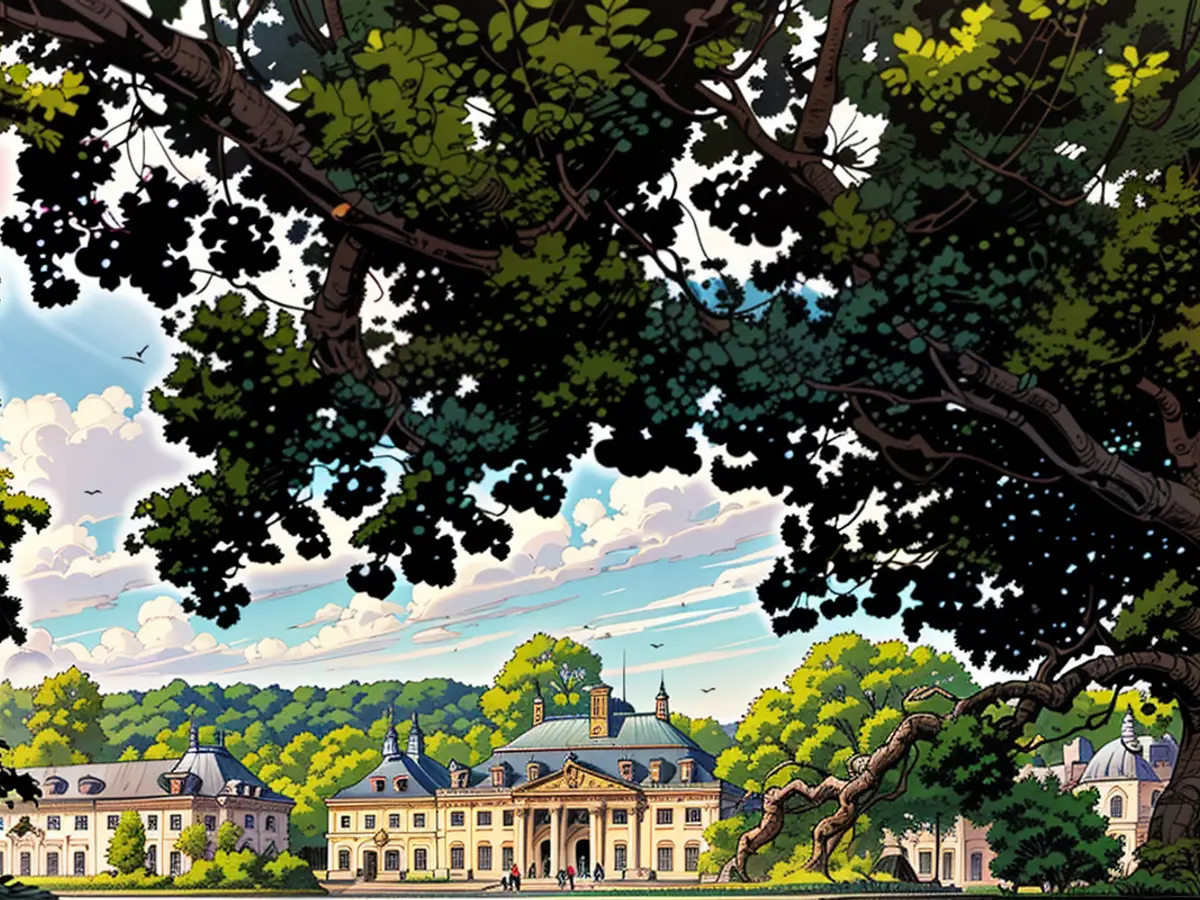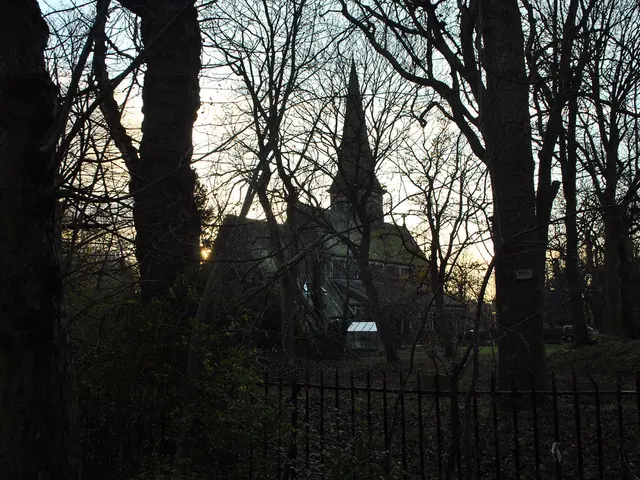In the lush grounds of Pillnitz Castle Park, a novel aid graces the horticulturists' toolkit. This cutting-edge watering bot, capable of independently refueling and sauntering at a leisurely human pace, serves to water plants as required.
Currently, the bot's semi-autonomous nature necessitates a hose connection to its water tank for watering tasks. The castle director, Christian Striefler, hailed this advancement as a pioneering step for Pillnitz Palace Park, marking their status as the first German palace administration to utilize a robot for irrigation. Striefler underscored this development as an initiative dedicated to combating climate change.
Collaborating with specialists from the Barkhausen Institute and the Technical University of Dresden, the gardening team managed to keep project costs within approximately 6.3 million euros, with a tenth of this sum allocated from the Free State's budget. Federal funding, specifically from the "Climate Change in Historic Gardens" program, further supported this endeavour.
The robot primarily functions as a gardener's assistant, relieving them from strenuous tasks. Control remains in the hands of the gardening team, who can operate the bot remotely using a portable device featuring a display and input keys. Operating autonomously only under specific conditions, such as refueling or navigating to predefined GPS points for tool distribution, the bot is capable of operating for an uninterrupted stretch of six hours.
The Saxon State Palaces, Castles, and Gardens joined the "Climate Change in Historic Gardens" project in 2022, aiming to address the unique challenges climate change imposes on historical park and garden monuments. Researchers and gardeners collaborate to develop practical solutions, as the deterioration of trees poses a risk to the structures themselves.
In the past, towering blood beech trees at Pillnitz Park's northwest entrance served as an allure for visitors, planted in 1895 between the Mountain and Water Palaces. Regrettably, one of these beeches succumbed to the 2021 summer's extreme drought, necessitating its removal. The tree's remaining stump now serves as a grim testament to climate change's consequences, with experts predicting the second beech's life expectancy to be only two more years. Measures to alleviate the tree from heat, such as enhanced watering, are under consideration while alternative solutions are explored.
As the gardener prepares to refuel the high-tech watering bot in preparation for its next operation, the unconventional tool in Pillnitz Palace Park's gardening arsenal forms part of a broader strategy to combat climate change, funded by the "Climate Change in Historic Gardens" program based in Dresden.
Further explorations of Ireland's rich history await, such as:





